
Product information
Sabon Châteauneuf-du-Pape ‘Le Secret des Sabon’ 2019
Rhône Blend from Châteauneuf du Pape, Southern Rhône, Rhône Valley, France
$502
Description
“The tiny production 2019 Châteauneuf Du Pape Le Secret Des Sabon is a field blend of mostly Grenache brought up all in wooden tronconique barrels. It’s closest in style to the Prestige Cuvée yet brings another level of opulence and richness without losing any sense of elegance or class. Blackberries, peppery herbs, graphite, crushed violets, and a liquid rock-like minerality all define the nose, and it hits the palate with incredible depth of fruit, full-bodied richness, and ripe yet building tannins. While the acidity is technically quite low (the pH is 3.8), it holds onto an undeniable sense of freshness and purity. It is just a thrilling, magical wine from this estate. While young and unevolved, with 3-5 years of cellaring required, it is a modern-day legend capable of evolving for over two decades.”
Jeb Dunnuck, 100 Points, RP 98, JR 96
95% Grenache & 5% odds and sods. This is Sabon’s flagship made in minuscule quantities.
Only 1 left in stock



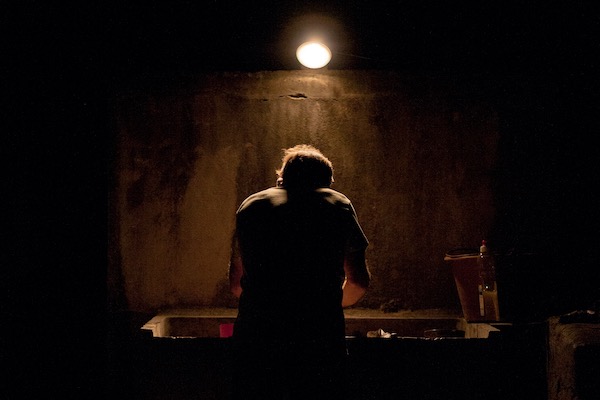



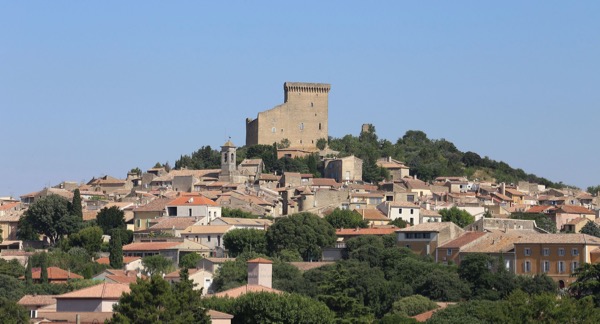
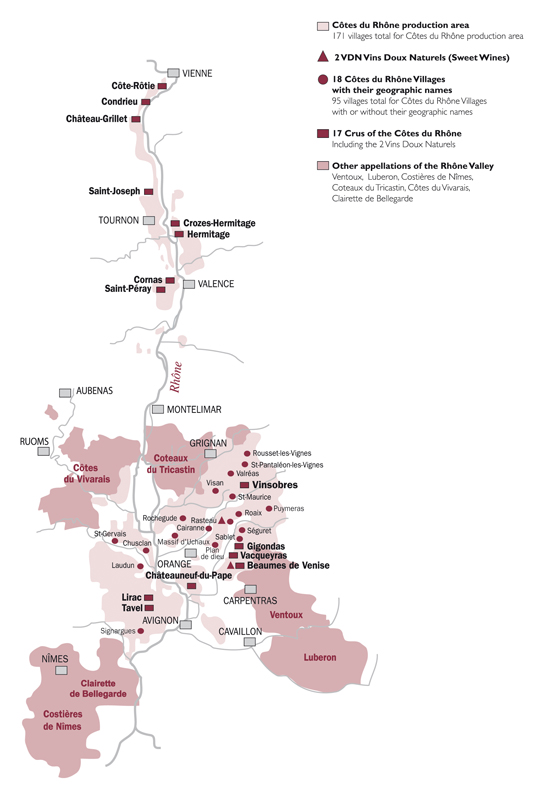
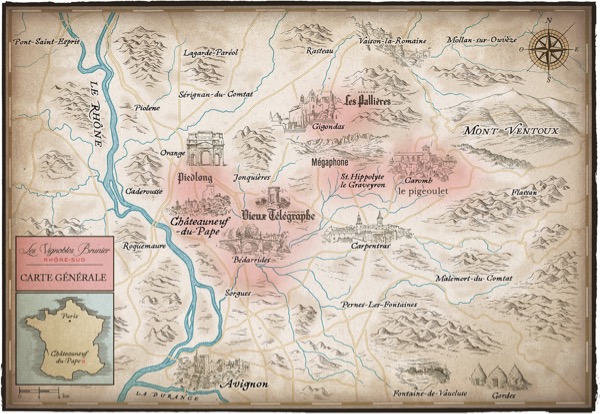
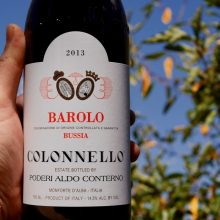
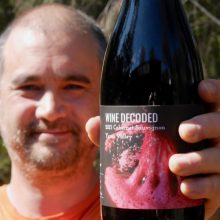
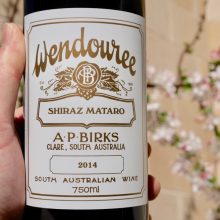
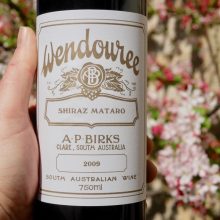
You must be logged in to post a comment.